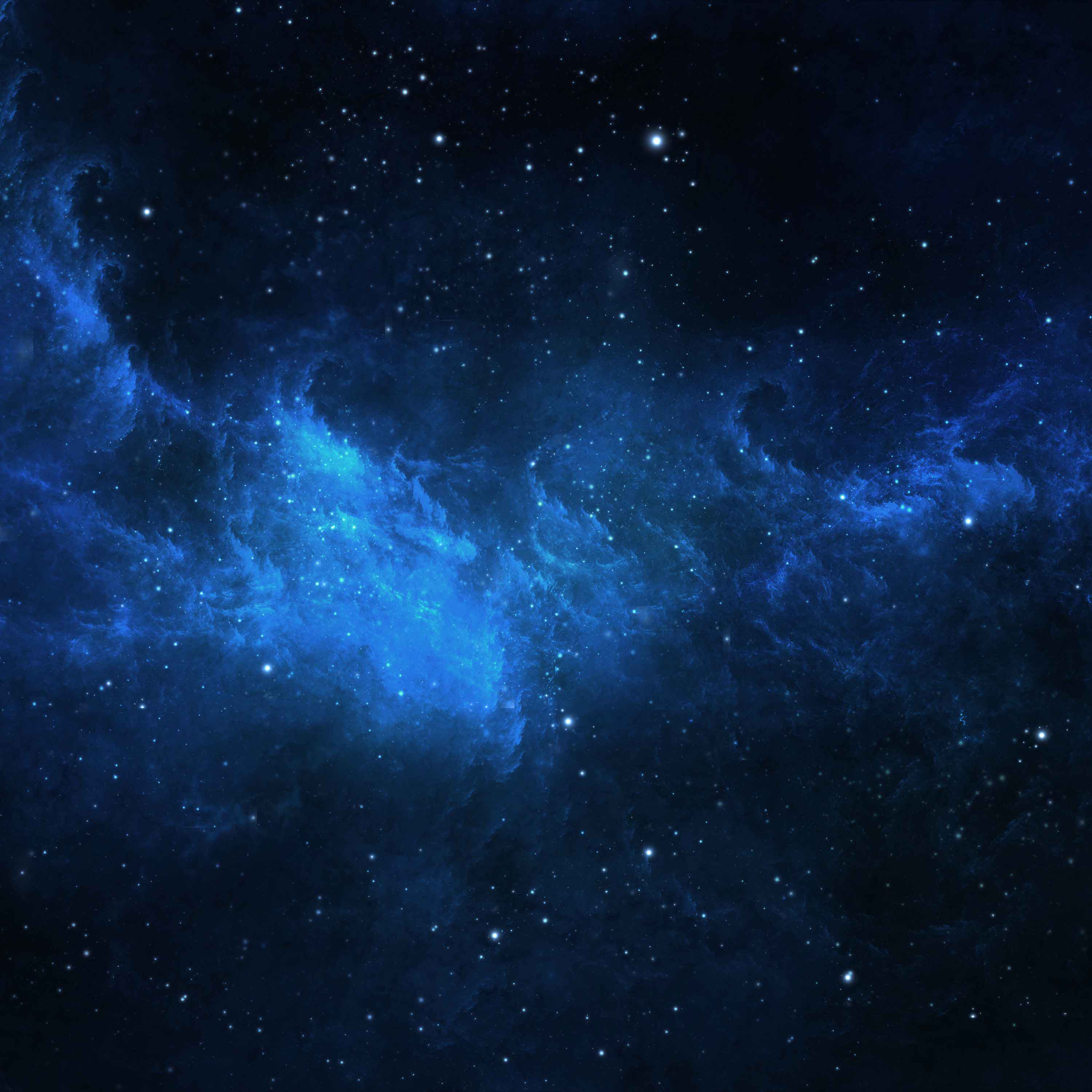- Passer à la navigation principale
- Passer au contenu principal
- Passer à la barre latérale principale
- Passer au pied de page


- Cet évènement est passé.
Soutenance de thèse : Jiawei LIU
12 décembre 2024 à 14h00 - 17h00
Soutenance de la thèse de Jiawei LIU: « Freeform optics and curved detector in the design of compact, fast and wide-field space optical imaging systems ». La soutenance se déroulera en Anglais.
Abstract:
In recent years, freeform optics and curved detectors have unlocked new possibilities in optical system design, including expanding the field of view, enhancing resolution, and reducing the number of optical elements. This manuscript further explores the advantages of these two technologies for high-end scientific space imaging applications that demand compact, fast, and wide-field systems, such as planetary exploration and aurora monitoring. The first study in this manuscript presents the design of an off-axis three-mirror optical system that combines freeform optics and curved detector, with a particular emphasis on their potential applications in planetary science. In this design, a detector with a freeform shape is utilized to better compensate for field curvature aberrations in the off-axis system. Consequently, this design achieves a sixfold increase in the field of view and doubles the relative aperture compared to traditional three-mirror systems using conic mirrors. Furthermore, in comparison to freeform optical designs that use flat and spherical detectors, this system reduces the overall volume by 80% and 50%, respectively, while maintaining similar image quality. A comparison with the parameters of current imaging instruments in planetary exploration missions further demonstrates that this design can significantly broaden the parameter space of instruments in this field. The second study illustrates the application of curved detectors in a real-world mission— the ESA’s aurora monitoring mission. Transmissive systems are typically avoided in far-ultraviolet (FUV) imaging due to strong material absorption. However, in the design of the Aurora Ultraviolet Imager (AUI), a key instrument in ESA’s aurora mission, a transmissive imaging scheme is reconsidered to achieve a 55°×55° field of view, with a curved detector used to reduce the number of lenses and enhance system throughput. The AUI designed in this study is capable of covering the entire auroral region with a spatial resolution of 50 kilometers and detecting the 135.6 nm aurora emission line at 540 Rayleigh within a 1-minute integration time. Compared to far-ultraviolet imagers that use reflective structures and microchannel plate (MCP) detectors in previous aurora missions, this imaging scheme is smaller, lighter, and more cost-effective. These two examples highlight the significant potential of freeform optics and curved detectors in advancing high-end scientific imaging technologies.
Jury:
Guilaine LAGACHE – Présidente du jury
Thierry LEPINE – Rapporteur
Hermine SCHNETLER – Rapporteuse
Manuel FENDLER – Examinateur
Eduard MUSLIMOV – Membre invité
Manal CHEBBO – Membre invitée
Supervisor:
Emmanuel HUGOT – Directeur de thèse



